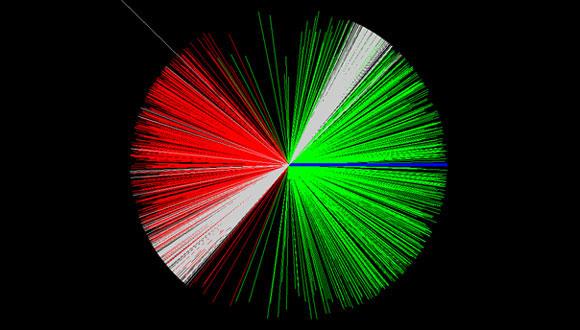Joint Seminar in Nuclear Physics
Zoom: https://us02web.zoom.us/j/81625479825?pwd=Rk90YjdCbk4rVU8wMXJ6bjJJYlNUZz09
PROGRAM:
14:00 - 15:00 - "Precision beta decay studies as probes for new physics: nuclear theory needs", Doron Gazit, The Hebrew University
Abstract:
Theoretical and experimental advances in recent years have paved the way for a significant step in our understanding of the charged-current weak interaction in the nucleus and opened opportunities to push the sensitivity of a select group of high precision probes for new physics beyond the reach of the LHC. These advances have come with the refinement of experimental techniques, but also through a change in the theoretical landscape, with the introduction of a model independent, effective field theoretical analysis of beta decays and LHC constraints, high precision lattice calculations of the nucleon form factors, the advent of systematic methods for evaluating nuclear structure and operators, and a new analysis of the electro-weak radiative corrections.
In this talk I will briefly summarize the subject and emphasize the advances in nuclear theory, and especially nuclear structure, that allow a robust and reliable uncertainty estimates. I will give an overview of the required theoretical inputs, needed to achieve the highest sensitivity to new physics, taking into account both existing data and future sensitivity estimates from the LHC.
Finally, I will show two recent calculations of the nuclear structure corrections to beta decay observables, for 23Ne and 6He. While the latter is and has been the focus of many experimental effort in the last two decades, in 23Ne this calculation comes in concordance with a new measurement of the branching ratio of the decay, and allows new analysis of the decay for beyond the standard model physics.
15:00 - 15:30 - break
15:30 - 16:30 - "The 23Ne Branching Ratio and its beta neutrino correlation coefficient (aβν)", Yonatan Mishnayot, The Hebrew University
Abstract:
During the last few years several systems were built and commissioned to precisely measure the SM parameters, especially aβν. These measurements are performed as part of the search for Beyond Standard Model (BSM) physics. In our lab at SARAF we have built two trapping systems, an electrostatic trap for primarily 6He ions and atomic Magneto-Optical Trap (MOT) for various Ne isotopes. Since 23Ne has the longest half-life (~37.15 sec) and thanks to its ease of production, it will be the first isotope to be trapped and measured in the MOT. As part of the preparation for the trapping experiments, a dedicated 23Ne source was designed, built, and tested at SARAF during the last campaign in SARAF-I.
23Ne undergoes a pure Gamow-Teller (GT) decay. The best aβν measurement of a pure GT decay was done on 6He by Johnson et al.[1] at ORNL during 1963, achieving an uncertainty of less than 1%. In parallel, Carlson measured aβν for 23Ne with an uncertainty of 10% [2], where the main contribution for the uncertainty originated from the 23Ne Branching Ratio (BR). The best 23Ne BR results are from 1957[3], achieving a precision of 10%. As part of the last campaign of SARAF-I, a dedicated apparatus was designed to measure the 23Ne BR with a precision of 3% in a collaboration between HU, SARAF, WI, and LLNL. The apparatus was coupled to the 23Ne source and a dedicated measurement campaign was undertaken. The preliminary results of this experiment will be introduced and discussed as well as a reanalysis of Carlson's aβν measurements, using recently developed theoretical tools.


